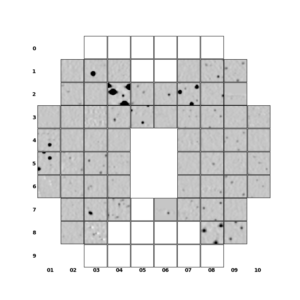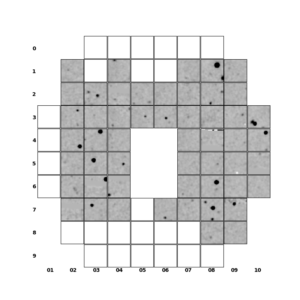This advertisement was posted on February 17th 2020, and applications received by March 31st will be fully considered.
The University of Texas at Austin, McDonald Observatory invites applications for a Resident Astronomer for the Hobby-Eberly Telescope (HET) in the beautiful Davis Mountains of west Texas. The HET is a fully queue scheduled 10-m class optical and near-IR spectroscopic telescope located 6,600 feet above sea level. The observing queue is run by the team of Resident Astronomers who serve as on-site observing specialists, generally each working about 7-10 nights per month. Currently the facility instruments include the Visible Integral-field Replicable Unit Spectrograph (VIRUS), the Low-Resolution Spectrograph 2 (LRS2), and the Habitable-zone Planet Finder Spectrograph (HPF). All together, this powerful suite of spectroscopic instruments on one of the world’s largest optical telescopes enables a diverse range of research possibilities.
The Resident Astronomer position includes up to 25% time for personal research and funds to support research (computing, travel, publications, etc).
Key responsibilities of the position include:
- Leading nightly science observations safely and efficiently from sunset to sunrise.
- Working with the HET partner scientists to verify the integrity and quality of the observations and help optimize the scientific productivity of the facility.
- Working with instrument scientists and engineering staff to maintain and document the performance of the HET and its instruments.
- Documenting the current status of science operations through wikis and web pages.
- Conducting projects to characterize and/or improve science operations.
- Up to 25% of the work hours are available to conduct personal research and to contribute to the scientific life at the observatory.
The full job advertisement is available on the AAS job register:
https://jobregister.aas.org/ad/8ef7526d
and the application is available on the UT workday website:


